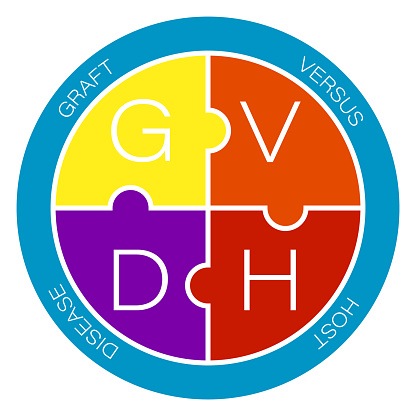
A significant portion of patients with chronic graft-versus-host disease (cGVHD) live with severe and prolonged symptoms, according to a study presented at the 2021 TCT Meetings of ASTCT & CIBMTR Digital Experience.
Researchers conducted a cross-sectional online survey, which they administered from May to August 2020 to adult patients who were diagnosed with cGVHD within the past five years. A total of 165 respondents completed this survey, and these participants reported their cGVHD diagnosis, symptoms, and impact on activities of daily living (ADL) when cGVHD symptoms were at their worst.
According to the results, dry eye was the most commonly reported burden symptom (44%) and was most prevalent in patients whose worst symptoms persisted for over six months. In patients who reported severe disease, the most frequently reported manifestations were shortness of breath with exercise and joint/muscle aches. At the peak of symptom severity, one-quarter of participants were unable to walk 50 feet without rest, and almost 70% were able to walk 900 feet. The results showed patients with cGVHD reported their symptoms being at their worst for an average of six months. Overall, the researchers noted that ADLs were “highly impacted” by cGVHD.
“Effective therapies that alleviate symptoms of cGVHD and improve physical and social function are greatly needed,” the researchers concluded.
Read more at: https://tct.confex.com/tct/2021/meetingapp.cgi/Paper/17722
Yu J, et al. Symptoms and Impact on Daily Activities and Functions in Patients with Chronic Graft-Versus-Host Disease (GVHD): Findings from the Living with Chronic Gvhd Patient Survey. Published for the 2021 TCT Meetings of ASTCT & CIBMTR Digital Experience; February 8-12, 2021.







 © 2025 Mashup Media, LLC, a Formedics Property. All Rights Reserved.
© 2025 Mashup Media, LLC, a Formedics Property. All Rights Reserved.